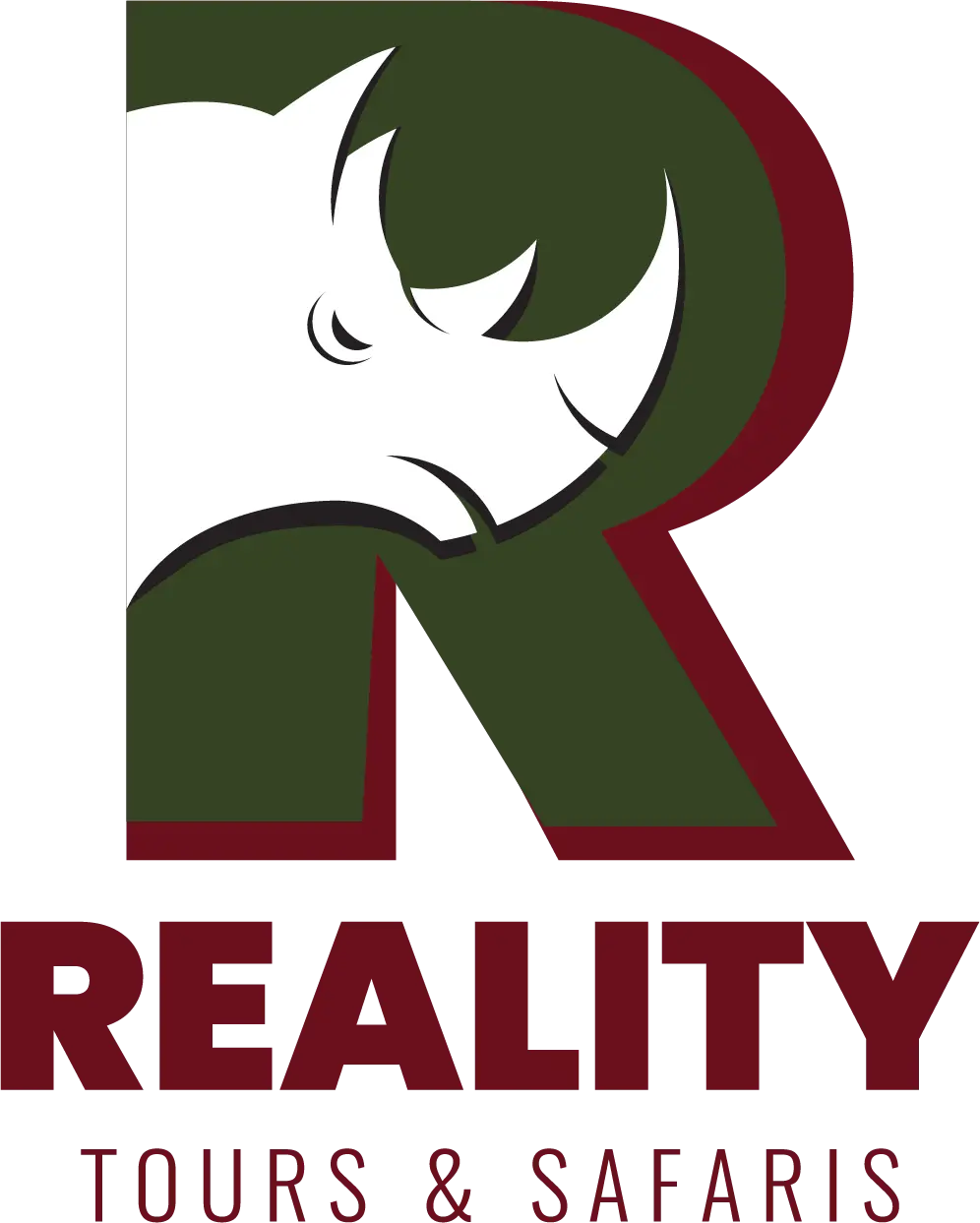
NGORONGORO CONSERVATION AREA
HIGHLIGHTS
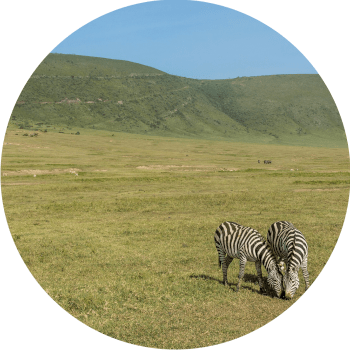
World’s largest inactive, intact, and unfilled volcanic caldera
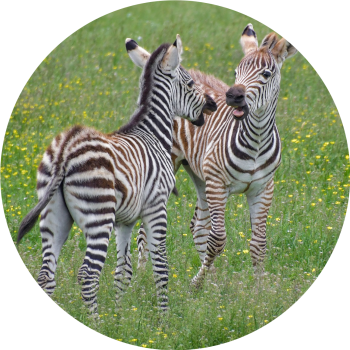
Teeming with robust populations of wildlife in such a small area
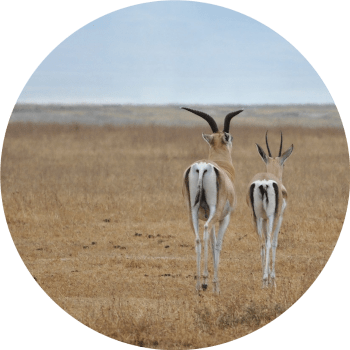
UNESCO World Heritage Site
BEST TIME TO GO
A unique feature of Ngorongoro is that no time is a bad time to visit the area and crater. No matter if the season is dry or wet, the Ngorongoro National Park stands out as one of the top safari destinations in the world. Therefore, the best time to visit usually depends on your personal preferences. While the time between December and March is best for the Great Migration and wildlife viewing, November to May is the best time to see flamingos around the lake and lush green landscapes.

BEST WEATHER
Sunny skies and shorter grasses make the dry season (June to October) an ideal time to visit the Ngorongoro crater. Although this is an excellent time for wildlife spotting, there are fewer chances to see birdlife due to low water levels in lakes.
WORST WEATHER
If you want to see greener landscapes and deal with fewer crowds, November till May is a good time to visit the Ngorongoro crater Tanzania. But since it is the time of the wet season in the area and not only Ngorongoro but the whole country can get quite a bit of rain, many tourists prefer not to visit the crater during this time of the year.
BEST TIME
Although the extraordinarily compact area of the Ngorongoro Conservation Area allows visitors to spot the Big Five animals all year round, the best time to visit the area is from June to October. The weather during this season is dry and cool, making it easier and comfortable for tourists to spot wildlife on the crater floor.
HIGH SEASON
Since the wildlife is more concentrated around the water sources and the skies are clear for optimal visibility from June to October, tourists enjoy a comfortable and incredible one-day safari experience during these months. Therefore, these months are considered high season in the Ngorongoro National Park Tanzania.
LOW SEASON
There is no bad time to visit when it comes to Ngorongoro. That is because you can find wildlife throughout the year. However, heavy rainfall during April and May results in fewer visitors to the crater, and these months become a time of low season for the Ngorongoro Conservation Area.
ABOUT NGORONGORO
Located in Tanzania’s Northern Crater Highlands, Ngorongoro Conservation Area is undoubtedly one of the most incredible safari and wildlife travel destinations worldwide. The abundance of wildlife in a compact location and the crater’s sheer beauty make the Ngorongoro park even more special. As a part of the Serengeti ecosystem and one of Tanzania’s most famous tourist destinations, the area is covered with magnificent grass plains, acacia woodlands, and crater-filled highlands.
Ngorongoro is the home for Maasai pastoralists who live in harmony with a wide variety of animals, including wildebeest, zebra, black rhinos, old elephants, large herds of buffalo, Grant’s and Thomson’s gazelles, and more. Overall, the Big 5, diverse range of wildlife and spectacular scenery make Ngorongoro one of the most fascinating natural wonders and a must-visit destination.
NGORONGORO TRIPS
One of the Seven Natural Wonders of Africa, Tanzania Ngorongoro has over 25,000 large animals and a wide variety of bird species. From exploring nine volcanic craters to viewing the dense wildlife populations, travelers who visit the Ngorongoro Conservation Area can enjoy many unique experiences. So, regardless of the weather, the area never fails to impress anyone. Check out some of the best Ngorongoro tours by Reality Tours & Safaris:
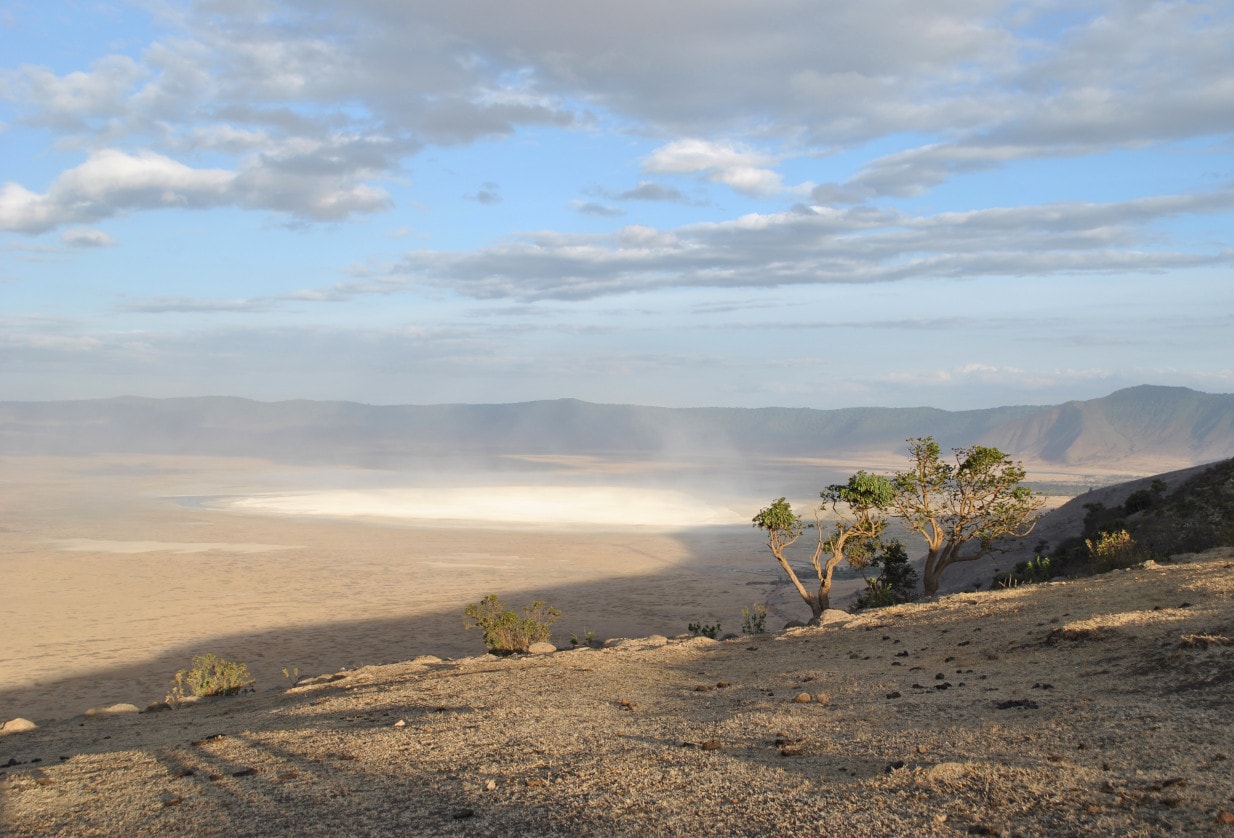
3 Days / 2 Nights Tarangire / Lake Manyara / Ngorongoro Crater
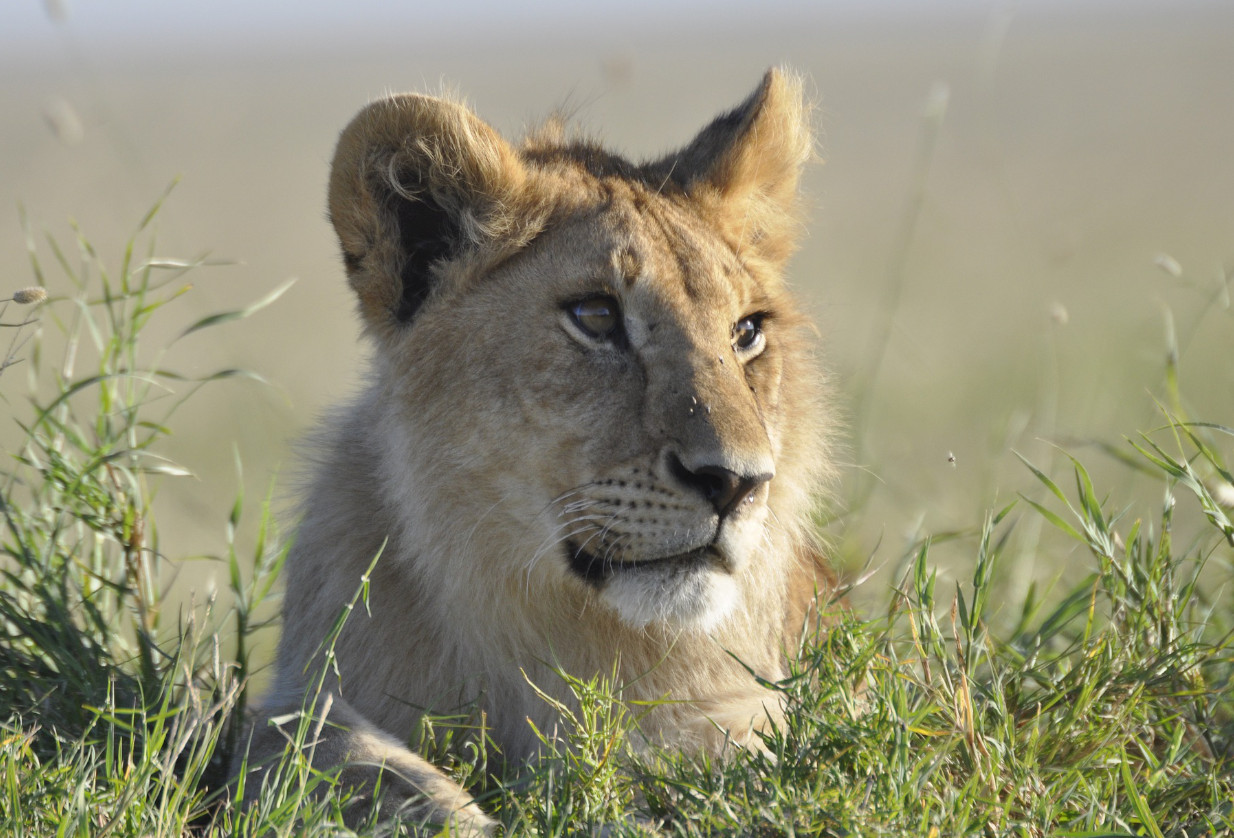
6 Days / 5 Nights Lake Manyara / Serengeti / Ngorongoro / Tarangire
- Lake Manyara National Park
- Serengeti National Park
- Ngorongoro Crater
- Tarangire National Park
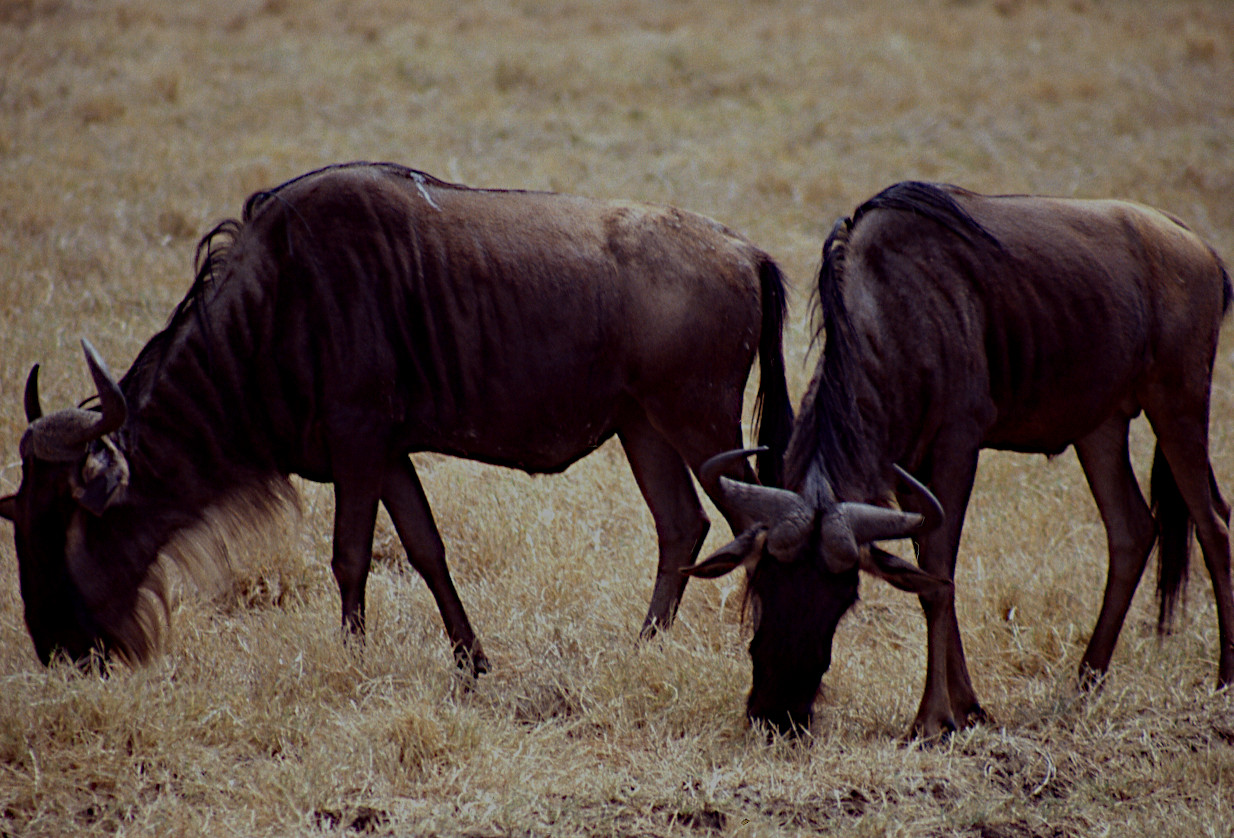
4 Days / 3 Nights Lake Manyara / Serengeti / Olduvai / Ngorongoro
- Lake Manyara National Park
- Serengeti National Park
- Olduvai Gorge
- Ngorongoro Crater
Contact Us
LET’S PLAN YOUR TOUR
Customer Review
Testimonials
Frequently Asked Questions
Where is the Ngorongoro Conservation Area located?
What is the importance of the Ngorongoro Conservation Area?
Culturally, the Ngorongoro Conservation Area is home to the Maasai people, who have coexisted with wildlife for many years. This area contains various archaeological sites that include human footprints which remind people about human evolution and history.
What wildlife can be found in the Ngorongoro Conservation Area?
A large number of wildebeest, zebras, and buffaloes migrate seasonally across this region. The other animals that are present are giraffes, hippos, antelopes etc. Birdlife in the Conservation area is very unique and covers around 550 bird species.
How big is the Ngorongoro Conservation Area?
Do we need any permission to visit the Ngorongoro Conservation Area?
Along with these, you need specific permits for activities like camping, hiking, or cultural visits to Maasai communities around the conservation area. All these permit fees depend on a few factors like nationality, residency, status and types of activities you planned. You have to book all of them in advance to avoid any disturbances or delays and can enjoy it peacefully.
What are the main attractions within the Ngorongoro Conservation Area?
●Ngorongoro Crater: Ngorongoro Crater is home to an amusing concentration of wildlife including lions, elephants, rhinos, and more. Its unique ecosystem and amazing landscapes make it one of Africa’s most iconic safari destinations.
●Olduvai Gorge: Olduvai Gorge is an archaeological site famous for fossil discoveries and provides invaluable discoveries into human evolution over millions of years.
●Empakaai Crater: It offers breathtaking views and gives the opportunity to view birdwatching.
●Maasai Villages: You can experience the rich cultural heritage, customs, and traditions of the village.
●Lake Magadi: This lake is a haven to explore water birds.
●Lerai Forest: It is home to numerous wildlife which includes elephants, buffaloes, and baboons.
Are there any cultural experiences available in the Ngorongoro Conservation Area?
Are safari facilities available in the Ngorongoro Conservation Area?
What is the best time to visit the Ngorongoro Conservation Area?
●Dry Season: This season ranges from June to October and is considered the best time to view wildlife and spot them easily. It is specialized for safari visits due to the migration that passes nearby Serengeti National Park.
●Wet Season: This season ranges from November to May. The landscape becomes lush and green, and birdlife thrives throughout the season.
Are there any accommodations available within the Conservation Area?
How much time is required to explore the Ngorongoro Conservation Area?
Is it safe to visit the Ngorongoro Conservation Area?
What should I pack for a trip to the Ngorongoro Conservation Area?
●Pack lightweight and breathable cloths for hot days and long-sleeved shirts and pants for sun protection.
●Take comfortable boots or walking shoes for outdoor activities.
●Put on a hat or cap for sun protection
●Use high-SPF sunscreen, and sunglasses with UV protection to get rid of sun.
●Carry a first aid kit and personal essentials for your safety.
Can I get a guide to explore the Ngorongoro Conservation Area?
What are the rules and regulations we should follow in the Ngorongoro Conservation Area?
●Maintain a safe distance from wildlife
●No feeding or harassing wildlife
●Respect cultural traditions and communities
●Obey park regulations
●Stay at a provided safe place, don’t roam on the roads and minimize disturbance to wildlife.
